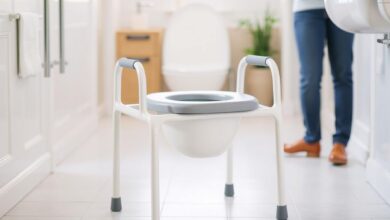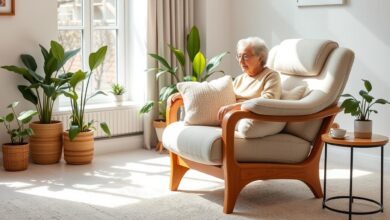Home Lifts for Elderly: A Comprehensive Guide to Enhancing Mobility and Independence
home lifts for elderly
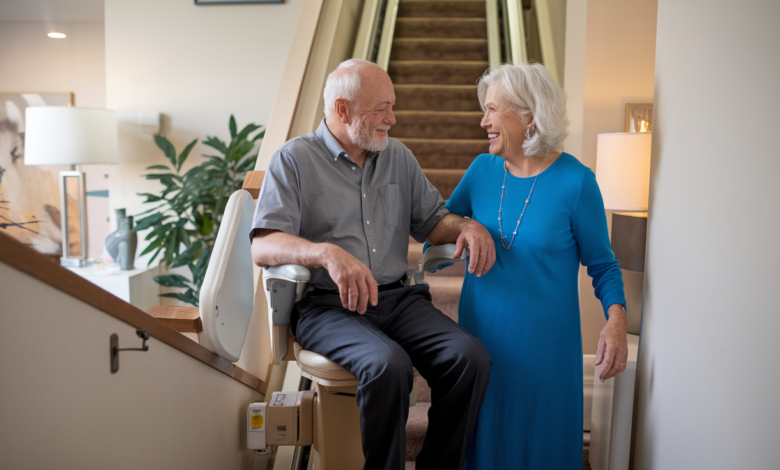
As we age, mobility challenges can become a significant hurdle, especially for elderly individuals living in multi-story homes. The inability to move freely between floors can impact independence and quality of life. Fortunately, home lifts for elderly individuals offer a practical solution that not only enhances mobility but also improves safety and comfort. In this article, we’ll explore the benefits of home lifts, the different types available, installation and maintenance considerations, safety features, and real-life testimonials from elderly individuals who have benefited from these devices.
Table of Contents
Overview of Home Lifts and Their Benefits for the Elderly
Home lifts, also known as residential elevators or stairlifts, are mechanical devices designed to help individuals with mobility issues move between floors in their homes. These lifts can be installed in various parts of a home, such as staircases or dedicated elevator shafts, depending on the individual’s needs and home layout.
Home lifts for elderly individuals are particularly beneficial for ensuring that seniors can continue living independently in their homes for as long as possible.
Benefits of Home Lifts for Elderly:
- Increased Independence: Home lifts enable elderly individuals to move freely between floors without assistance, maintaining their independence. Home lifts for elderly users can eliminate the need for help, allowing for more privacy and self-sufficiency.
- Enhanced Safety: With mobility issues, stairs can pose a significant fall risk. Home lifts for elderly individuals eliminate this risk by providing a secure, controlled means of moving between floors.
- Improved Quality of Life: The convenience of a home lift for elderly users allows them to access all areas of their home, reducing the feeling of confinement and enhancing overall well-being.
- Future-Proofing the Home: Installing home lifts for elderly individuals prepares the home for potential future mobility challenges, ensuring that seniors can age in place comfortably.
Types of Home Lifts and Their Suitability for Different Mobility Needs
Home lifts come in various designs and configurations, each suited to different levels of mobility and specific home layouts. The three primary types of home lifts for elderly individuals are horizontal, inclined, and vertical lifts.
Horizontal Home Lifts
These lifts, often referred to as platform lifts, move along a horizontal plane and are ideal for homes with limited vertical space. Horizontal lifts are commonly used to assist individuals in moving across flat surfaces, such as between rooms or across a wide landing.
Suitable for: Individuals who may need assistance with longer distances within a single floor.
Advantages: No structural modifications are required for installation.
Disadvantages: They are limited to single-floor movement and are not designed for multi-story homes.
Inclined Stair Lifts
Inclined lifts, also known as stairlifts, are installed on the staircase itself and move along a rail system. These lifts are perfect for elderly individuals who need assistance with staircases but can still walk short distances. Inclined home lifts for elderly individuals are a popular choice due to their affordability and ease of installation.
Suitable for: Homes with straight or curved staircases and individuals who can transfer themselves to and from the lift seat.
Advantages: Easy to install, cost-effective, and adaptable to different types of staircases.
Disadvantages: The user needs to transfer themselves into and out of the seat, which may not be ideal for those with severe mobility limitations.
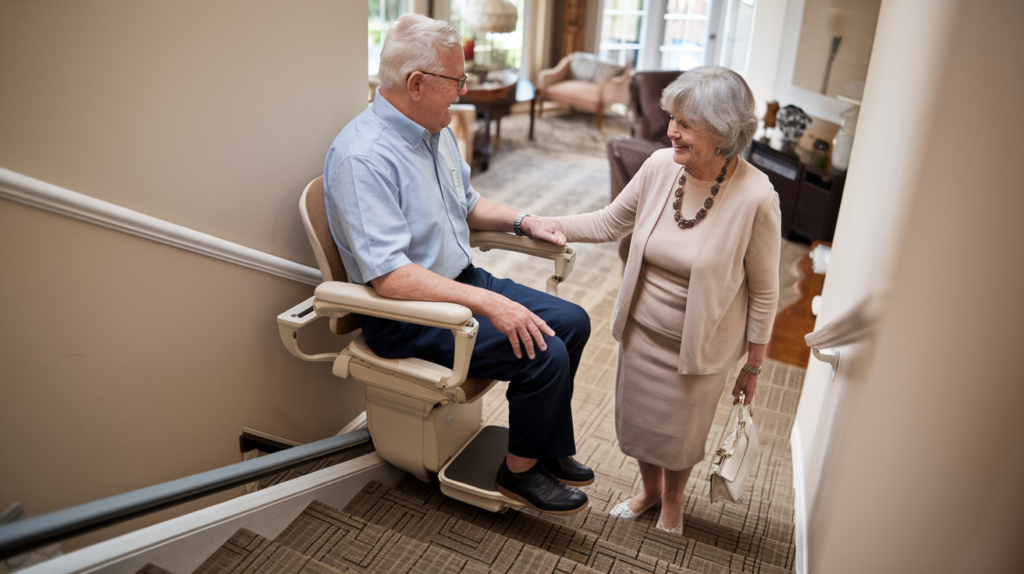
Vertical Platform Lifts
These lifts are akin to traditional elevators but are designed for residential settings. Vertical lifts move people and their mobility devices (e.g., wheelchairs) between floors. They require more space and are more expensive to install but offer the highest level of support for elderly individuals with severe mobility issues.
Suitable for: Individuals using wheelchairs or those with very limited mobility who need assistance moving between multiple floors.
Advantages: Full mobility support, can transport both the individual and their mobility device.
Disadvantages: Higher installation and maintenance costs, and they may require significant structural modifications to the home.
Installation and Maintenance Considerations for Home Lifts
Installing home lifts for elderly individuals is a major decision that involves careful planning and consideration of the home’s layout, the elderly person’s mobility needs, and the overall budget.
Installation Considerations:
Space Requirements: Different types of home lifts for elderly users require varying amounts of space. Stairlifts need space along the staircase, while vertical lifts require a dedicated shaft or significant space in a hallway.
Structural Modifications: Some lifts, like vertical platform lifts, may require structural changes, such as reinforcing the walls or creating a dedicated space for the lift.
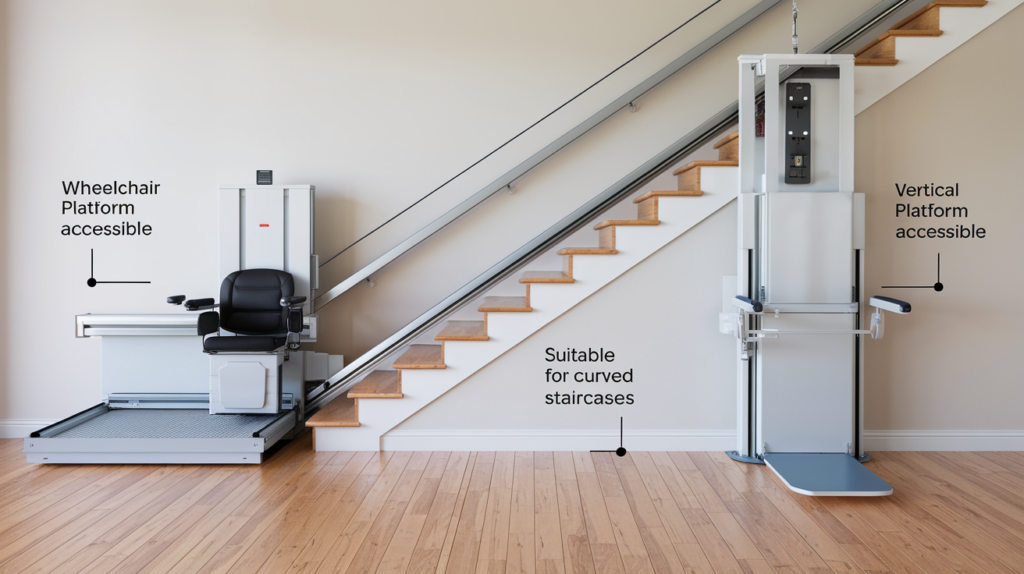
Power Supply: Most home lifts for elderly users require a stable power source, and in some cases, a backup power supply is recommended to ensure the lift operates during power outages.
Cost: The installation cost can vary greatly depending on the type of lift and the home’s layout. Stairlifts are generally more affordable, while vertical platform lifts involve higher costs due to the complexity of the installation.
Maintenance Considerations:
Regular Servicing: Like any mechanical system, home lifts for elderly individuals require regular maintenance to ensure safe and reliable operation. Most manufacturers recommend annual servicing by a certified technician.
Warranty and Support: Choose a lift provider that offers a comprehensive warranty and post-installation support to cover potential issues or repairs.
Safety Features and Precautions to Take When Using Home Lifts
Safety is paramount when it comes to home lifts for elderly individuals, especially given the potential risks involved. Modern lifts come equipped with various safety features to ensure the well-being of users.
Key Safety Features:
- Emergency Stop Button: Allows the user to stop the lift in case of a malfunction or emergency.
- Backup Power Supply: Ensures the lift can operate during power outages, preventing individuals from being stranded.
- Seat Belts and Safety Rails: Stairlifts typically come with seat belts, while vertical lifts have safety rails or enclosed cabins to prevent falls.
- Obstacle Sensors: Detects any obstacles in the path of the lift and automatically stops the device to prevent accidents.
- Smooth Start and Stop: Reduces the risk of jerking movements that could cause discomfort or falls.
Safety Precautions:
Regular Inspections: Ensure the home lift for elderly individuals is regularly inspected and maintained according to the manufacturer’s guidelines.
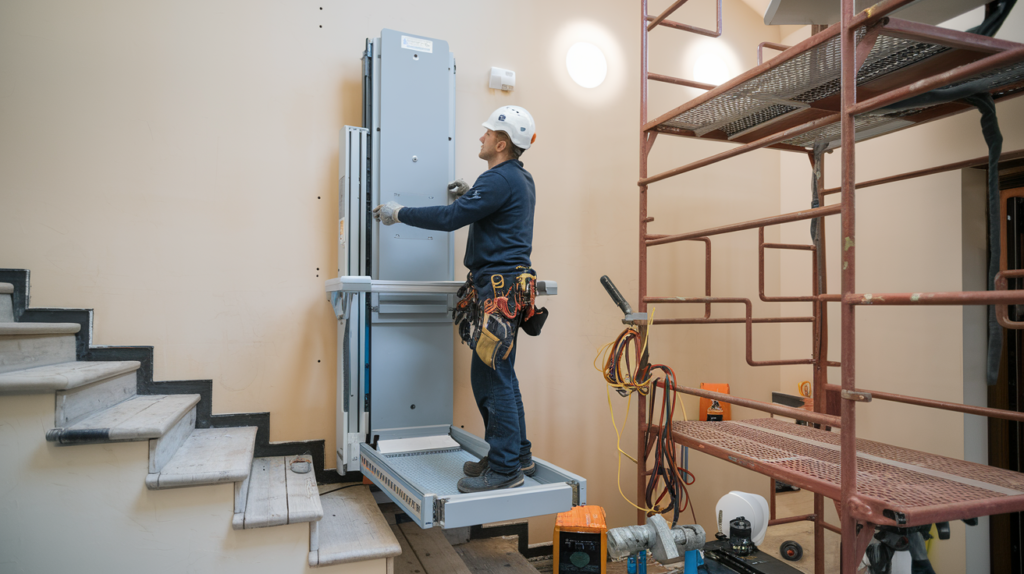
Training and Instructions: Provide clear instructions for elderly users and caregivers on how to operate the lift safely.
Clear Pathways: Keep the lift’s pathway clear of any objects or obstructions that could interfere with its operation.
Case Studies: Testimonials from Elderly Individuals Who Have Benefited from Home Lifts
To understand the real-life impact of home lifts for elderly individuals, here are a few testimonials from seniors who have experienced firsthand the benefits of installing a lift in their home:
Case Study 1: John and Margaret, Age 78 and 75
John and Margaret had always lived in a two-story home, but as they grew older, using the stairs became increasingly difficult. They decided to install a stairlift, and according to Margaret, “The stairlift has made such a difference in our lives. I no longer worry about falling down the stairs, and it allows me to move around the house freely without depending on John. We definitely recommend home lifts for elderly people with similar challenges.”
Case Study 2: Sarah, Age 82
After a fall that left her dependent on a wheelchair, Sarah’s family installed a vertical platform lift in her home. “The lift has been a lifesaver,” she says. “It allows me to move between floors without any help, which makes me feel independent again. I can even take my wheelchair with me, which is incredibly convenient. Home lifts for elderly people like me are a necessity.”
Conclusion
Home lifts for elderly individuals are an essential investment for those looking to maintain their independence, improve safety, and enhance their quality of life. With various options available, from stairlifts to vertical platform lifts, there is a solution for nearly every home and mobility need. When considering a home lift, it’s important to assess the individual’s specific requirements, the layout of the home, and any safety features that are necessary.
For elderly individuals, caregivers, and healthcare professionals, understanding the benefits and options available for home lifts for elderly users can make a significant difference in choosing the right solution. If you’re considering installing a home lift, consult with professionals who specialize in elderly care to ensure you select the best lift for your needs.


